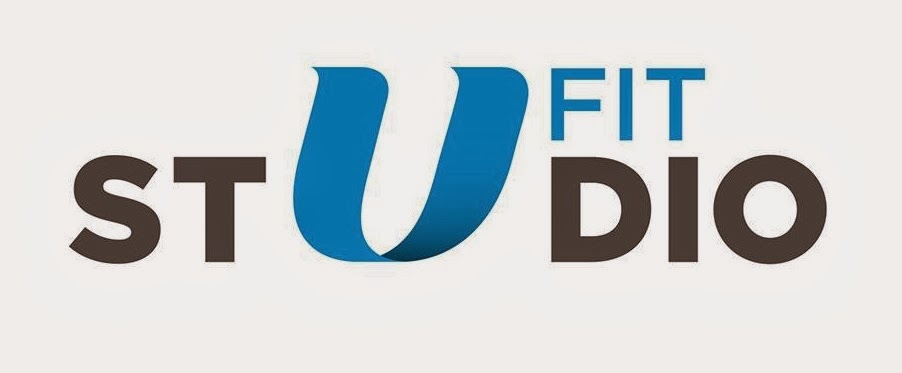It's summer, supposedly; and so for the last couple of months every morning and evening the roads are awash with runners pounding along. The exercise seems benign, it may even seem beneficial, but running is more dangerous than most people give it credit for.
According to Runner's World, an experienced athlete who runs regularly and keeps their training volume constant will experience an injury every 250 hours of training. This injury then has a 70% chance of recurring in the future.
For those of you asking, I think that that's a high rate of injury; especially for what is a non-contact, steady state sport which involves almost no change of direction, acceleration or deceleration.

The runners out there will be saying that it is a high impact form of exercise, and that is why it's dangerous.
I disagree, rugby is a high impact sport, sprint hurdling is a high impact sport, football is a high impact sport. Running is a low impact high volume sport. Whether the impact is coming from another athlete or the floor is irrelevant, either way, when you're dealing with athletes who are good at what they're doing, it's impact.
Here's an example of high impact from last week's premiership final
At this point I would like to make clear that I am aware of the huge amount of pressure going through the legs as you run; many times your body weight. However your legs are very strong and if properly aligned are more than capable of dealing with this level of stress, when it is experienced in moderate volume.
I disagree, rugby is a high impact sport, sprint hurdling is a high impact sport, football is a high impact sport. Running is a low impact high volume sport. Whether the impact is coming from another athlete or the floor is irrelevant, either way, when you're dealing with athletes who are good at what they're doing, it's impact.
Here's an example of high impact from last week's premiership final
At this point I would like to make clear that I am aware of the huge amount of pressure going through the legs as you run; many times your body weight. However your legs are very strong and if properly aligned are more than capable of dealing with this level of stress, when it is experienced in moderate volume.
These are the most common injuries for runners,
- Runner's Knee
- Iliotibial-Band Syndrome
- Calf Strain, Achilles Pain
- Plantar Fasciitis
- Shinsplints
- Stress Fracture
These are all stress injuries, not impact injuries
What causes these injuries is a combination of factors, including age, training volume and training type, but the main causes of the non-contact injuries which occur when running are:
The fact of the matter is that due to unbalanced training regimes and poor posture, most people have structural problems.When the muscles around the core don't work correctly, the running style inefficient and this that causes unnecessary wear on joints and pressure on tissues.
There is something that can be done, which is to take part in a Functional Movement Screen. This screen will highlight your structural imbalances, which you can then work on. Having good structural balance will significantly reduce the incidence of injury in non-contact sports like running.

What causes these injuries is a combination of factors, including age, training volume and training type, but the main causes of the non-contact injuries which occur when running are:
- Imbalances in mobility and stability
- Core strength
- Muscle adhesions and weaknesses
The fact of the matter is that due to unbalanced training regimes and poor posture, most people have structural problems.When the muscles around the core don't work correctly, the running style inefficient and this that causes unnecessary wear on joints and pressure on tissues.
There is something that can be done, which is to take part in a Functional Movement Screen. This screen will highlight your structural imbalances, which you can then work on. Having good structural balance will significantly reduce the incidence of injury in non-contact sports like running.















